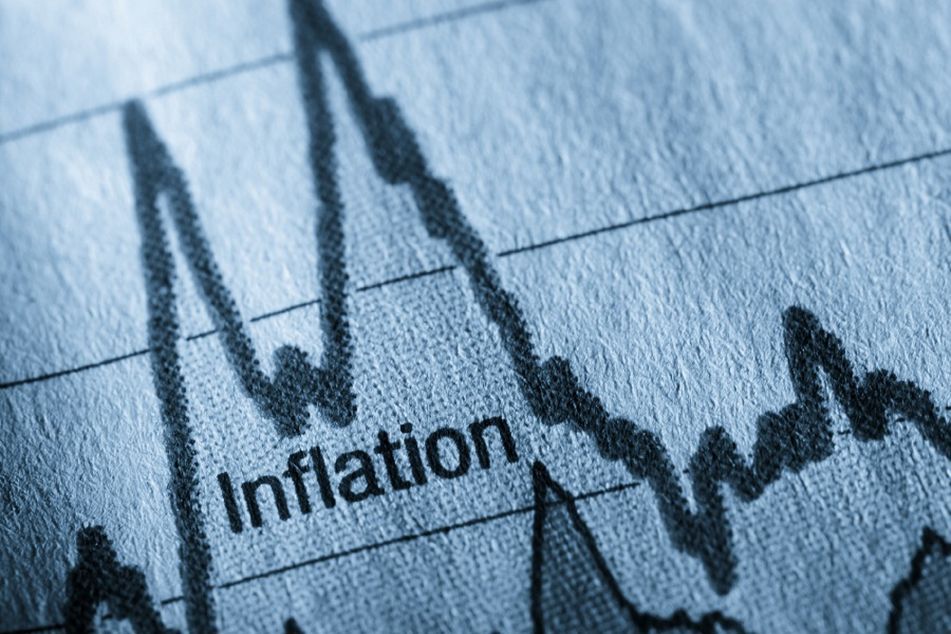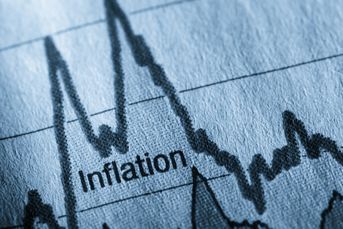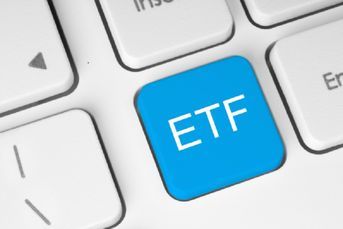Advice for advisers: Always think about inflation

It's no surprise that inflation is not top-of-mind but for long-term investing to be successful, long-term returns need to outpace inflation.
Inflation — and how to outpace it — should always be a top concern for investors. Over the last several years though, it really hasn’t.
Inflation, as defined by the Consumer Price Index, has been falling for about four years and has now essentially flat-lined, with 0% year-over-year changes. Other inflation measures, such as the Producer Price Index and import prices, have recently had negative year-over-year changes, and the Personal Consumption Expenditures Price Index (PCE) has lagged Federal Reserve targets for more than three years. No wonder investors aren’t all that worried.
Nonetheless, advisers and investors should remain vigilant. Investing really isn’t about beating benchmarks so much as meeting long-term objectives and liabilities. For long-term investing to be successful, long-term returns need to outpace inflation. For example, what good is getting a 4% return when inflation is 5% (which would be a -1% real return)? It’s better to have a 3% return when inflation is 1% (for a real return of +2%).
INFLATION COMING BACK
Inflation may be finally starting to return. Some measures of inflation are starting to perk up and there are indications of more inflationary upticks moving forward. Take the CPI. If we strip out food and energy (otherwise known as Core CPI), we see closer to 2% year-over-year growth — and the latest data is starting to move higher. In addition, the economy is witnessing rising house prices and wage growth. These are important clues.
(More: Bond ETFs can help clients navigate rising rates)
Higher housing prices flow through not only to higher housing costs for homeowners, of course, but also eventually to non-homeowners as rents will start to increase. And as for wage growth, which does have a chicken and an egg relationship with inflation, it is definitely on an upswing.
How can investors fight inflation? There are several traditional ways.
One is to emphasize real assets, which derive their value from physical or tangible assets. They include commodities, natural resource stocks and real estate. These types of holdings typically perform better during inflationary periods. Another attractive feature of real assets is that they typically have low correlation with stocks and bonds.
Examples of real asset exchange-traded funds include:
• Commodities:
o iPath DJ-UBM Commodity (DJP)
o iShares S&P GSCI Commodity (GSG)
o Greenhaven Continuous Commodity (GCC)
• Natural resources:
o SPDR Energy (XLE)
o Fidelity MSCI Energy (FENY)
o Guggenheim Timber (CUT)
o iShares Global Timber (WOOD)
o iShares U.S. Oil Equipment (IEZ)
• Real estate:
o Vanguard Real Estate (VNQ)
EMERGING MARKET STOCKS
In addition, another asset class that has tended to do well in inflationary environments is emerging market stocks. Given their traditional production/consumption of commodities, this connection has historically made sense.
Examples of emerging market ETFs:
• Emerging Markets:
o Vanguard FTSE Emerging Markets (VWO)
o Wisdom Tree Emerging Markets Equity Income (DEM)
o iShares Core Emerging Markets (IEMG)
What about fixed-income investing? Historically, when inflation is rising, so are interest rates. The best thing investors can do is shorten duration (i.e., decrease interest-rate sensitivity by emphasizing shorter-term bonds over longer-term bonds) and be tactical by emphasizing certain fixed-income sectors such as high-yield corporate bonds (since it’s easier for companies to pay back debt with inflated prices) and inflation-linked bonds (which are linked to actual inflation and should outperform nominal bonds).
(More: Cutting clients’ tax liability becomes top of mind for advisers as tax season opens)
Examples of ETFs in fixed income that should help performance in an inflationary environment:
• Short maturity:
o PIMCO Enhanced Short Maturity (MINT)
o iShares Floating Rate Bond (FLOT)
o Powershares Senior Loan Portfolio (BKLN)
• High yield:
o PIMCO 0-5 Year High Yield Corporate (HYS)
o iShares iBoxx High Yield Corporate (HYG)
• Inflation-linked Bonds:
o PIMCO 1-5 Year U.S. TIPS Index (STPZ)
o iShares TIPS Bond ETF (TIP)
In the end, long-term investors need to remain concerned about real returns. Preserving the ability to pay future inflation-adjusted liabilities remains tantamount to achieving long-term financial success.
Rusty Vanneman is chief investment officer at CLS Investments.
Learn more about reprints and licensing for this article.





